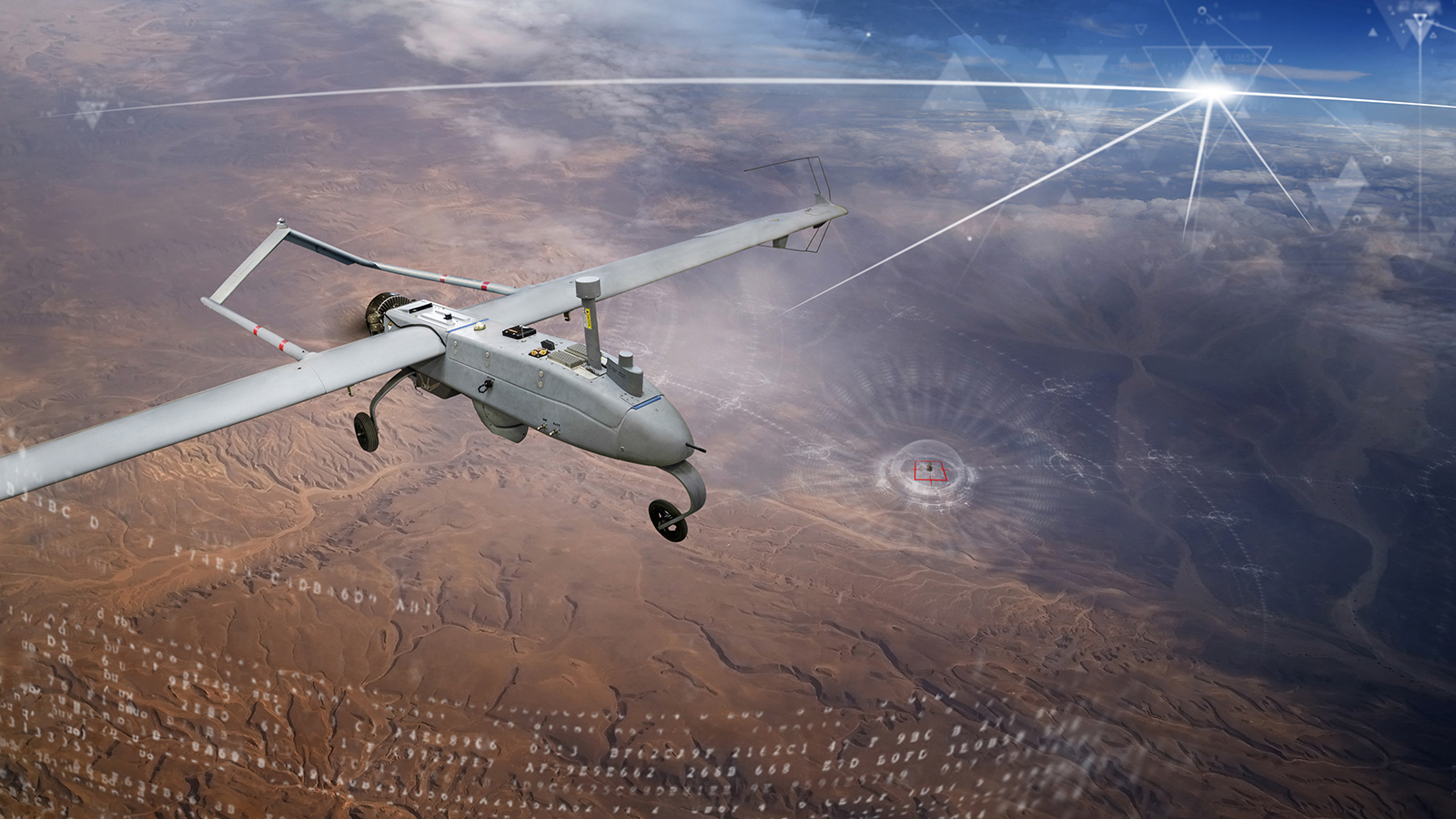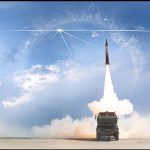After recently completing Critical Design Review (CDR) for the Military GPS User Equipment (MGUE) Increment 2 Miniature Serial Interface (MSI) program, BAE Systems is ready to move on to the next phase: implementing the advanced military GPS receiver and next-generation semiconductor.
The MGUE Increment 2 MSI program is centered around integrating a Next-Generation Application Specific Integrated Circuit (NG ASIC) to enhance M-Code technology security and performance. M-Code is critical to military GPS applications as it is designed to be resistant to jamming and spoofing.
BAE has been in the development process for the MGUE Increment 2 program since 2020, when the company was awarded a $247 million contract from the U.S. Space Force to design a solution that would “meet the needs of warfighters today and in the future,” said Luke Bishop, director of Navigation and Sensor Systems at BAE Systems.
The MGUE Increment 2 MSI program is the latest in a series of technology development programs aimed at advancing GPS. Other programs include Selective Availability Anti-Spoofing Module (SAASM) development, a technology GPS receivers leverage to allow decryption of precision GPS observations and to help eliminate tampered satellite signals, and the MGUE Increment 1 program, focused on developing modernized GPS receivers via M-Code integration.
BAE, a Space Force partner for decades, continues to “push the envelope in terms of size, weight, power, performance and security to provide the most advanced features to authorized users of these types of devices,” Bishop said. For this project, the team identified new processing technology, new hardware technology and system algorithms. Development is being conducted at BAE Systems’ facility in Cedar Rapids, Iowa.
Completing the CDR is a significant milestone that shows high confidence in the technology’s ultimate success, Bishop said.
“We’ve put together a detailed design that shows it’s able to meet all the requirements the program has specified,” he said. “We’ve done the software engineering, the security engineering and all the analysis to show we’re ready to build this technology. It’s also gone through reviews with third party stakeholders as well as the Space Force to evaluate the design.”
A long-term impact
The advanced, security-certified M-Code NG ASIC BAE is developing will provide reliable PNT in GPS-challenged environments, incorporate multi-Global Navigation Satellite System (GNSS) robustness, and reduce power consumption for military applications in airborne, maritime and ground domains.
The program also aims to develop and qualify a small form-factor MSI GNSS receiver for applications that require low size, weight and power, facilitating integration into a wide range of platforms.
BAE is moving into building these GPS receivers with next generation technology and will continue testing to validate performance and ensure receivers can be reliably built to scale.
“Looking beyond this program, as we’ve done in many years past, we’ll take the technology and incorporate it into a family of different GPS receiver markets for airborne, ground and weapon applications across the DOD and beyond,” Bishop said. “So, the technology is not just important for one program, but it’s creating a capability BAE Systems and the Space Force can leverage to many users and markets in the coming years.”
Because of the demanding, harsh military environments the solution will operate in, it must provide best in class power and thermal characteristics, Bishop said. The capabilities the package provides also must address the needs of a broad number of users and be affordable. The NG ASIC technology being developed ensures compatibility with future BAE Systems M-Code GPS receivers.
Modernizing GPS
One of the important differences the BAE technology brings warfighters over civil GPS devices is enhanced performance and security, Bishop said. Then there’s integration. The equipment will be compatible with other GPS system upgrades, including modernization of the control segment with the GPS Next-Generation Operational Control (OCX) program and modernization of satellite constellations through GPS III and GPS III Follow-on (GPS IIIF).
BAE products like those in development can be found in hundreds of platforms that rely on GPS, Bishop said. While there are many use cases, employing the latest advanced M-Code technology in areas of conflicts where RF signals are challenged is among the most critical. The receivers also can be used as precise timing sources in contested environments.
“Our focus,” Bishop said, “is making sure the warfighters using our equipment can move in those spaces with confidence the equipment is going to work.”
Development is scheduled to be completed in 2025, with deployment planned for the U.S. and its allies.
“The breadth and depth of the technology is important,” Bishop said, “as the DOD and our allies continue to modernize. We’re excited to be part of the latest, cutting-edge technology and look forward to what the future might hold.”






